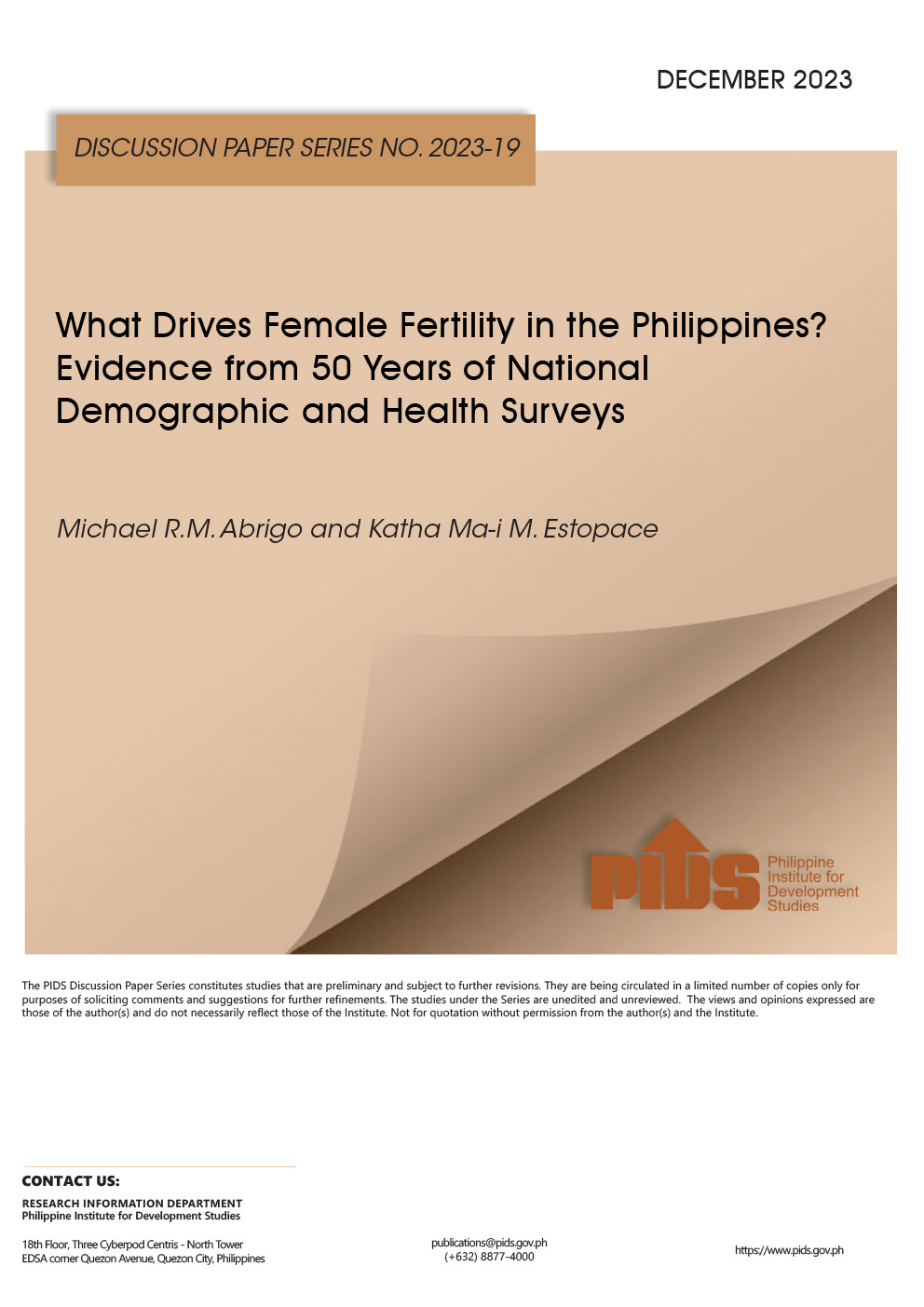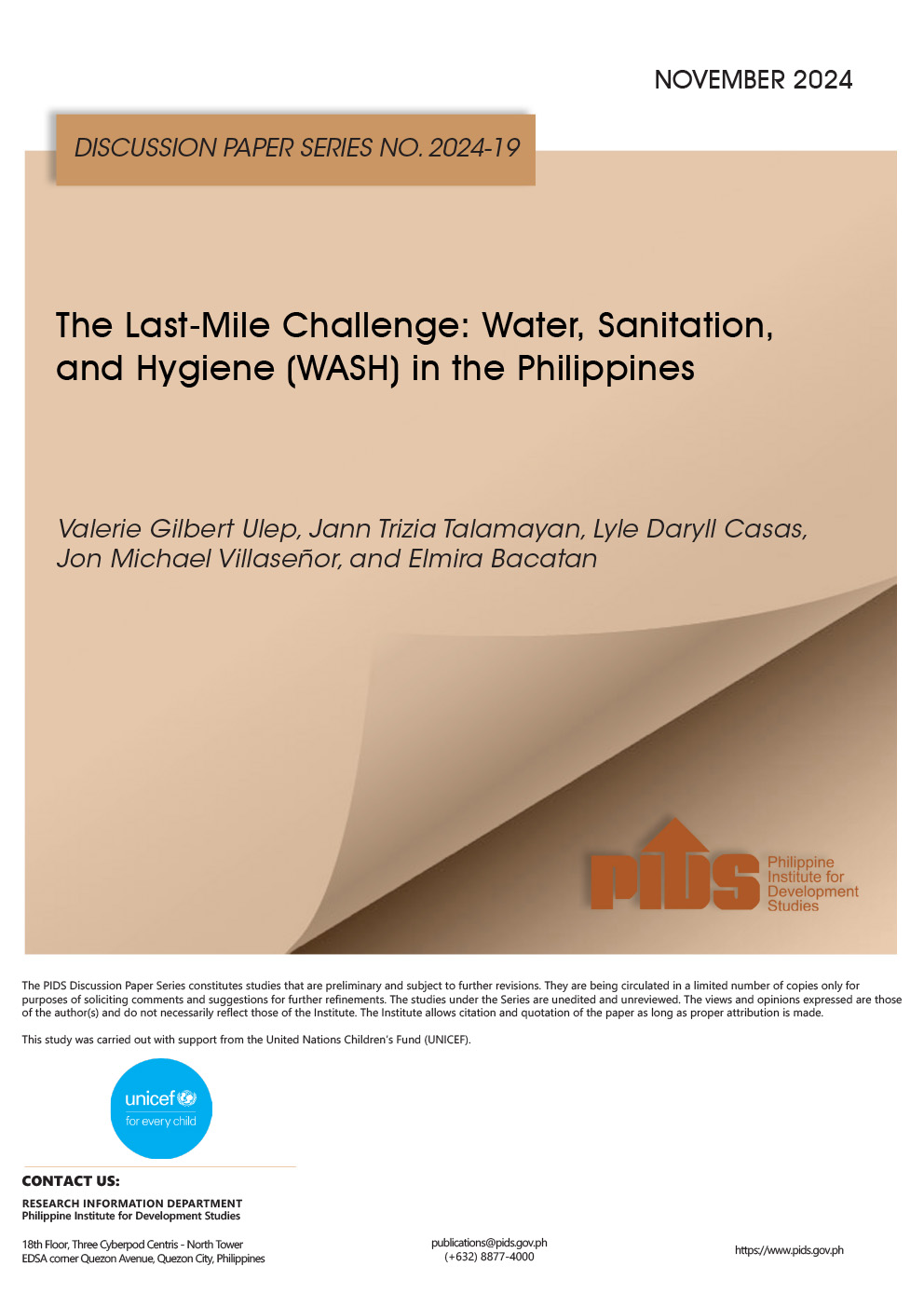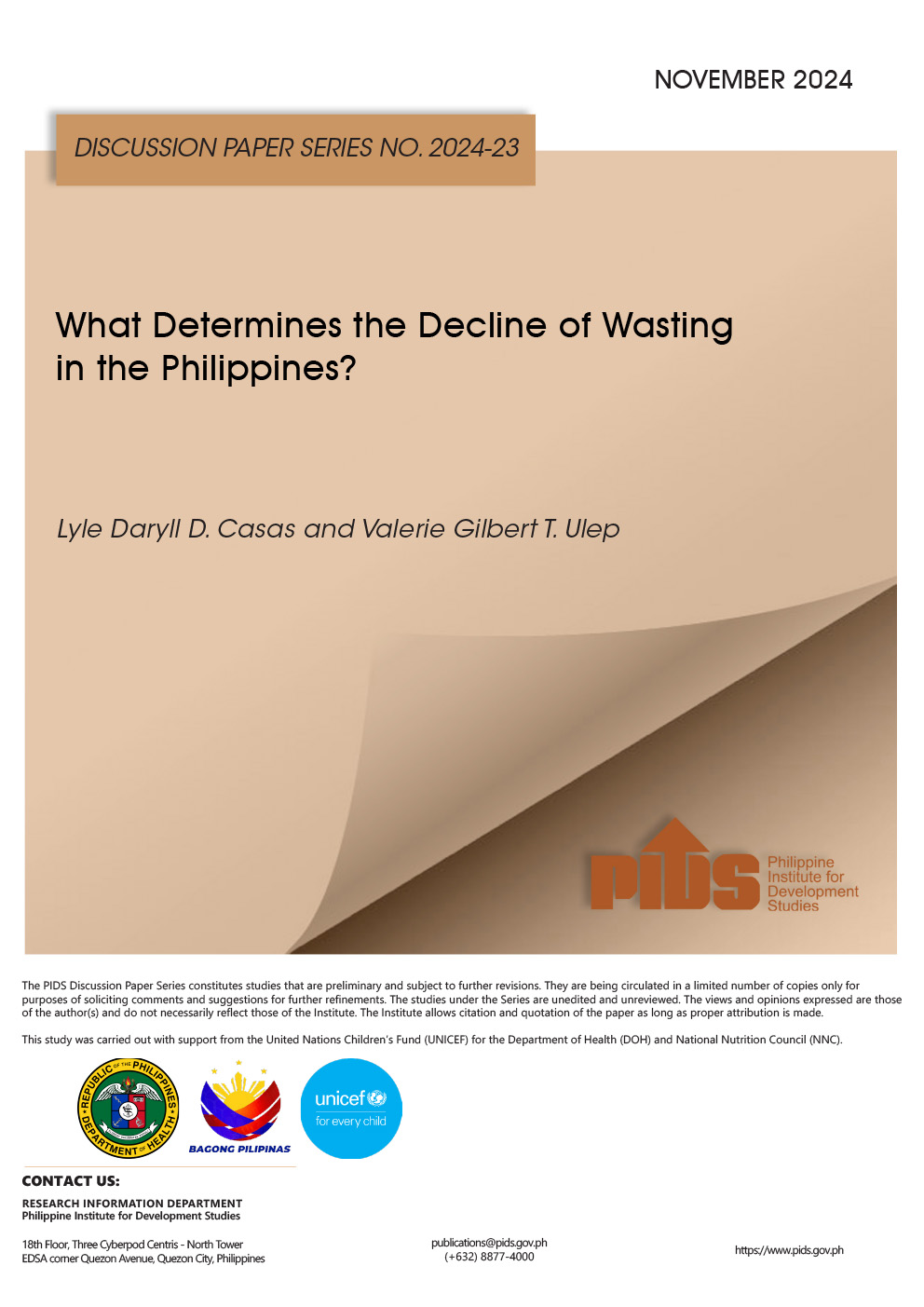The drivers of the Philippines’ fertility decline over the last fifty years, resulting in a below-replacement 1.9 total fertility rate in 2022, are traced in this study. By employing a modified Kitagawa-Oaxaca-Blinder decomposition on the collective experiences of approximately 65,000 married women across six rounds of the Philippine National Demographic (and Health) Survey, it is demonstrated that the most effective contraceptives might not necessarily be linked to delaying marriage or increasing modern contraceptive use. Analyses indicate that the primary driver behind the country’s fertility decline in the last fifty years is the enhancement of material measures of well-being, with marriage and contraceptive usage playing secondary roles. While raising female fertility may be possible, this will not likely go significantly above replacement levels. Population aging is an imminent reality for the Philippines.
Comments to this paper are welcome within 60 days from the date of posting. Email publications@pids.gov.ph.
Citations
This publication has been cited 1 time
- Villegas, Bernardo. 2024. The demographic dividend of the Philippines: Natural Family Planning. BusinessWorld.













